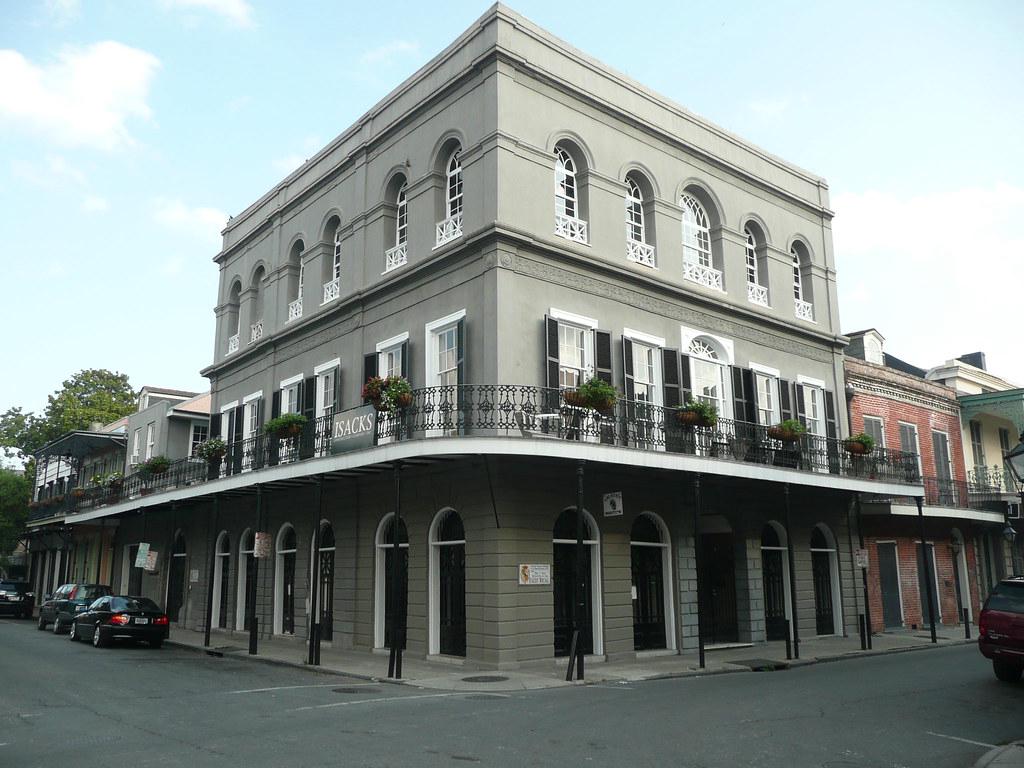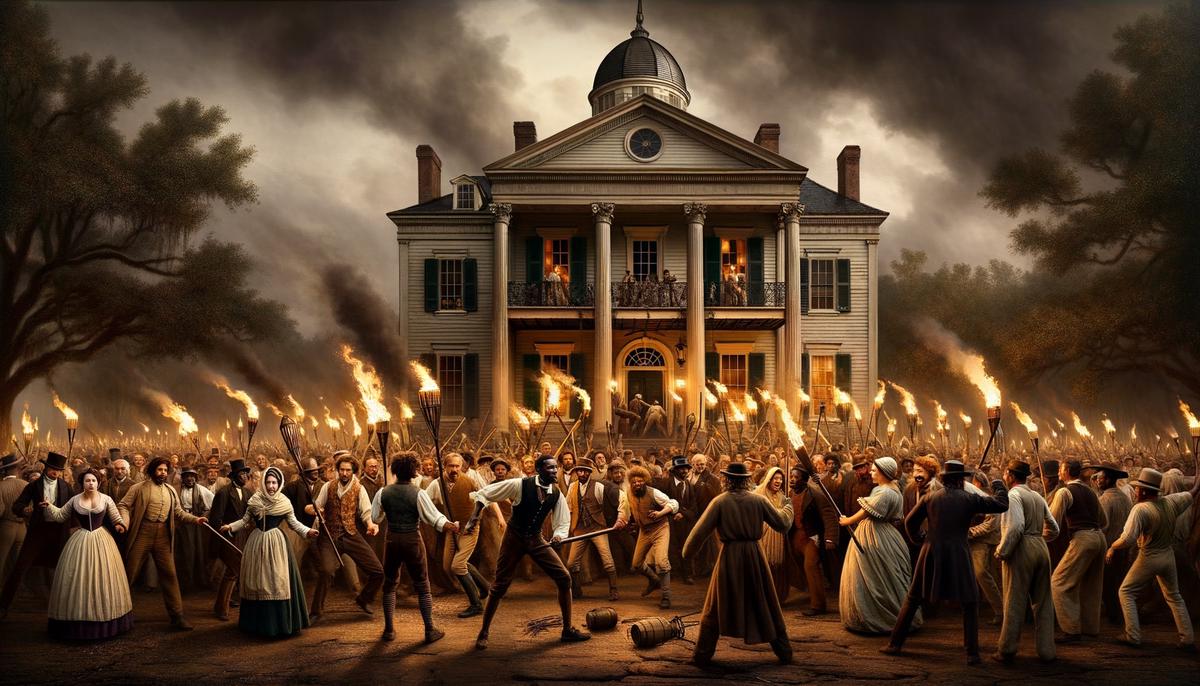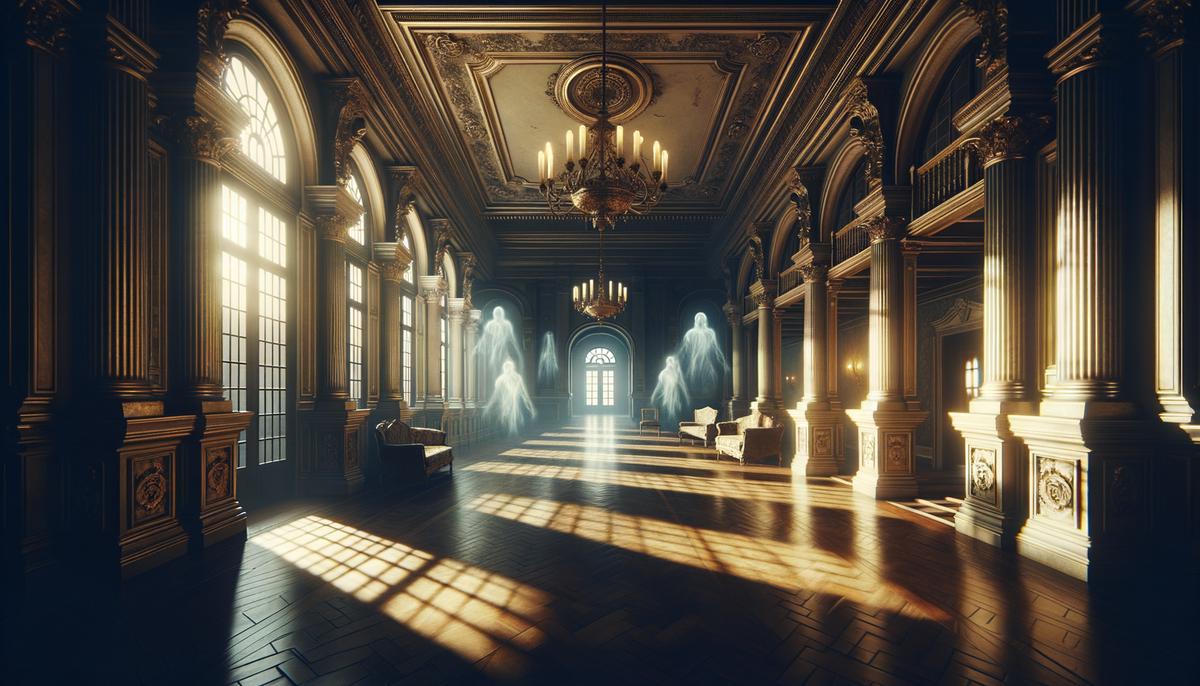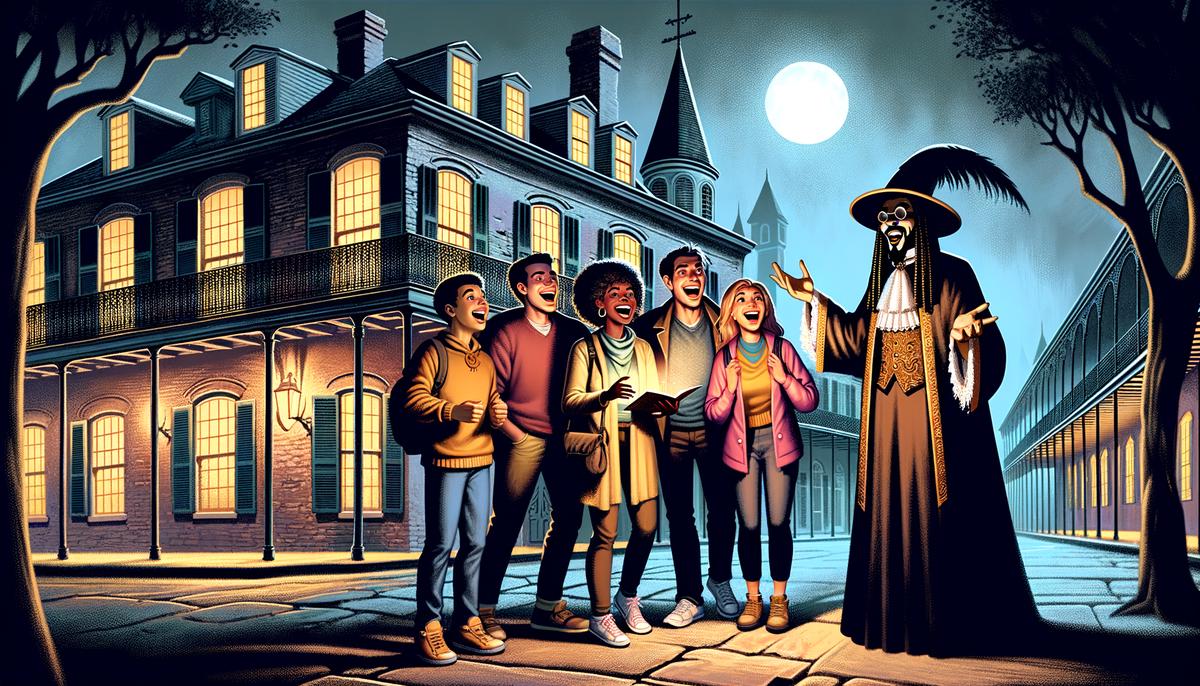Delphine LaLaurie's story intertwines privilege, power, and cruelty. Born into New Orleans' elite, her life was marked by wealth and social prominence. However, beneath the surface of her opulent lifestyle lay a darkness that would shock the city. This examination explores the historical context, the atrocities committed, and the impact of LaLaurie's actions on New Orleans' lore.
The Historical Context of Madame LaLaurie
Delphine Macarty LaLaurie, born in 1787, was a member of New Orleans' upper class. Her family, part of the city's Creole elite, ensured her entry into the social spotlight. The Macarty family enjoyed the comforts brought by their plantations and businesses in Spanish and later French-controlled Louisiana. The shift to American governance in 1803 didn't significantly affect their prestige.
Delphine's marriages were a testament to her social standing:
- Don Ramón de López y Angulo, a high-ranking Spanish officer (ended with his untimely death)
- Jean Blanque, a banker, merchant, lawyer, and legislator (died in 1816)
- Dr. Louis LaLaurie in 1825, adding to her prominence
Their residence at 1140 Royal Street became a social hub, flaunting their riches and sophistication. Yet behind the grand facade lay darker tales.
This historical period, marked by unease over slavery, set the stage for Delphine's infamous cruelty. New Orleans grappled with the complexities of slavery amidst rapid economic growth and shifting social norms. Delphine's abuse of her slaves was part of the oppressive structures supporting the era.
Neighbors and slaves spoke about Delphine's increasingly brutal treatment of her enslaved servants. In 1834, a fire broke out in the mansion's kitchen, leading to the discovery of shackled and maltreated slaves. This revelation sparked outrage, prompting a mob to ransack the mansion. Delphine fled to Paris, where she lived the remainder of her days in relative anonymity.
Her story, embedded in the socioeconomic and cultural framework of 19th century New Orleans, serves as a reminder of the atrocities masked by genteel Southern hospitality.

The Atrocities Committed at the LaLaurie Mansion
The 1834 fire at the LaLaurie mansion unveiled Delphine LaLaurie's horrific secrets. Firemen and rescuers who rushed to the scene were guided by an enslaved woman chained to the stove. Her plea directed them to the attic, where they discovered shackled bodies of enslaved individuals in dire condition.
Reports from that day describe scenes of severe bodily mutilation. The New Orleans Bee provided an account on April 11, 1834, detailing:
"seven slaves, more or less horribly mutilated, were seen suspended by the neck, with their limbs apparently stretched and torn from one extremity to the other."
Witnesses noted disturbing details:
- Women with bones broken and reset at unnatural angles
- A man's mouth sewn shut
- Another whose skull had been crudely pierced
- A young girl who had leapt to her death from the roof rather than face LaLaurie's torture
In the aftermath of the fire, locals stormed the property, demolishing every remnant of LaLaurie's reign of terror. LaLaurie and her family escaped, eventually seeking asylum in Paris.
Eyewitness testimonies and newspaper reports serve as stark reminders of the inhumane conditions in LaLaurie's household. These records show a society grappling with the brutality of slavery and the extent to which individuals like LaLaurie would go to exert power over others.
The saga of Delphine LaLaurie remains an indelible part of New Orleans' lore, a chilling reminder of human cruelty.
The Aftermath and Escape of Madame LaLaurie
Public outrage following the fire was intense, fueled by the macabre discoveries within the LaLaurie Mansion. The once revered socialite became the target of an enraged mob determined to bring justice to the victims of her cruelty.
As news spread, citizens gathered outside 1140 Royal Street. Their fury intensified, and the mob surged forward, destroying the mansion's opulent interior. Amidst the chaos, Delphine LaLaurie and her family slipped away under the cover of night.
LaLaurie's flight took her to Paris, where she lived in self-imposed exile. There, she slipped into relative anonymity, though whispers of her atrocities followed her. She continued to live in affluence, rarely making public appearances and using the alias Madame Blanque.
Historical records indicate she remained unrepentant. Her death in 1849 was met with little fanfare, a stark departure from the high society obituaries she might have once received. Efforts to return her body to New Orleans were unsuccessful, leaving her remains interred in Paris.
The LaLaurie Mansion became an enduring symbol of her malevolence, attracting both locals and tourists. Some claim to feel the residual terror that once permeated its walls. The mansion's history stands as a testament to the fact that some stories continue to haunt us.
Madame LaLaurie's account illustrates an example of unchecked power and cruelty. Her legacy, embedded in New Orleans, remains a somber reminder of the darkness that can reside behind a veil of civility.

The Haunting of the LaLaurie Mansion
The LaLaurie Mansion has become a focal point for paranormal activity in New Orleans, with numerous reports of ghostly encounters and unexplained phenomena. The current caretaker, Carol Williams, has shared accounts of:
- Doors opening and closing on their own
- Faucets turning on mysteriously
- Disembodied footsteps echoing through empty halls
Visitors have reported hearing agonizing moans and whispers, particularly near the attic where enslaved individuals suffered. Cold spots and sudden temperature drops are frequently noted during investigations. Some witnesses claim to have seen apparitions, including a man in 19th-century attire and even Madame LaLaurie herself, often accompanied by a sense of dread.
Paranormal investigators have documented significant activity using modern equipment:
- EMF readers detect unexplained electrical charges
- EVP recordings capture faint voices
- Thermal imaging cameras have recorded shapes and figures that some interpret as ghostly presences
Explanations for these occurrences vary. Skeptics attribute many experiences to the mansion's old architecture and the power of suggestion. However, for those who have experienced the phenomena firsthand, the haunting remains a vivid reality—a lingering reminder of Madame LaLaurie's cruelty and her victims' suffering.
The LaLaurie Mansion continues to assert its reputation as one of New Orleans' most haunted locations, where the boundaries between history and legend blur, and the past seems to intrude upon the present.

Cultural Impact and Modern Interpretations
The tale of Madame LaLaurie has significantly influenced New Orleans' cultural identity, reinforcing the city's reputation as a haunted locale. Popular culture has both perpetuated and expanded upon this legacy, often blending fact with fiction to create compelling narratives.
A notable portrayal of Delphine LaLaurie appears in the television series American Horror Story: Coven. While taking creative liberties, the show brings the story to contemporary audiences, further embedding Madame LaLaurie in modern ghost lore and pop culture.
Beyond television, LaLaurie's story is a staple of New Orleans ghost tours. These tours attract tourists eager to explore the city's dark past, with the LaLaurie Mansion serving as a central attraction. This tourism reinforces New Orleans' identity as a city steeped in haunted history.
The broader cultural impact of Madame LaLaurie's story is evident in various forms of media:
- Literature
- Cinema
- Music
Artists and writers often use her tale as a basis for exploring themes of cruelty and retribution, examining the darker aspects of human nature through a historical lens.
LaLaurie's story has become intertwined with New Orleans' identity, contributing to the city's promotion of its haunted heritage. It bolsters New Orleans' reputation as one of America's most haunted cities, where the past continually influences the present.
Annual events celebrating this eerie history include:
- Halloween festivals
- Haunted house attractions
- Themed tours
These events not only offer entertainment but also pay tribute to the city's complex past.
In essence, the story of Madame LaLaurie serves as a cornerstone of New Orleans' cultural identity. It reminds us of historical injustices while fueling the city's modern image as a place where history, horror, and the supernatural converge.

Madame LaLaurie's legacy is a somber reminder of a dark chapter in New Orleans' history. The LaLaurie Mansion stands as a testament to the suffering inflicted upon her victims, ensuring that their stories are not forgotten.
"The LaLaurie Mansion serves as a physical reminder of the horrors of slavery and the importance of confronting our past, no matter how uncomfortable it may be."1

